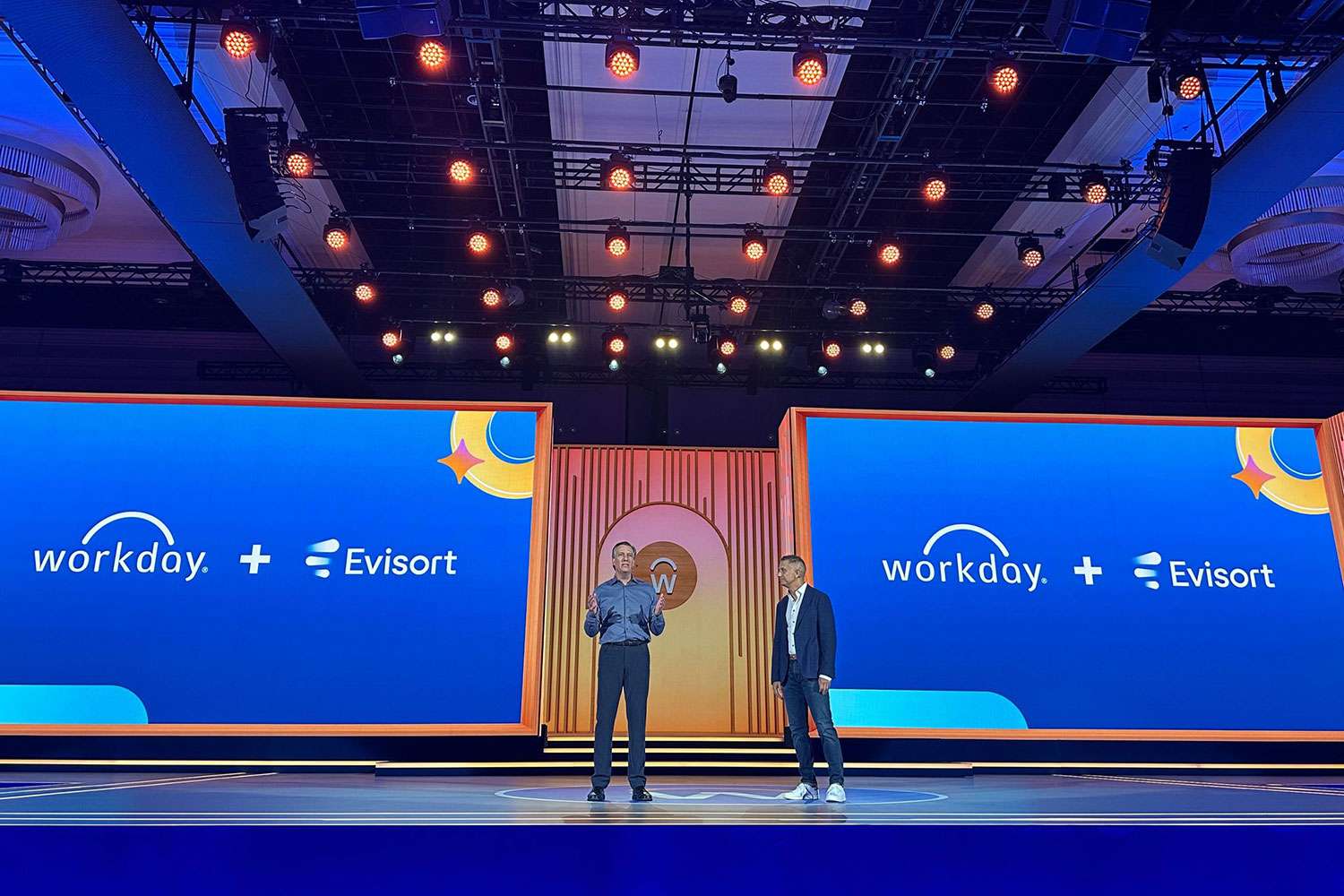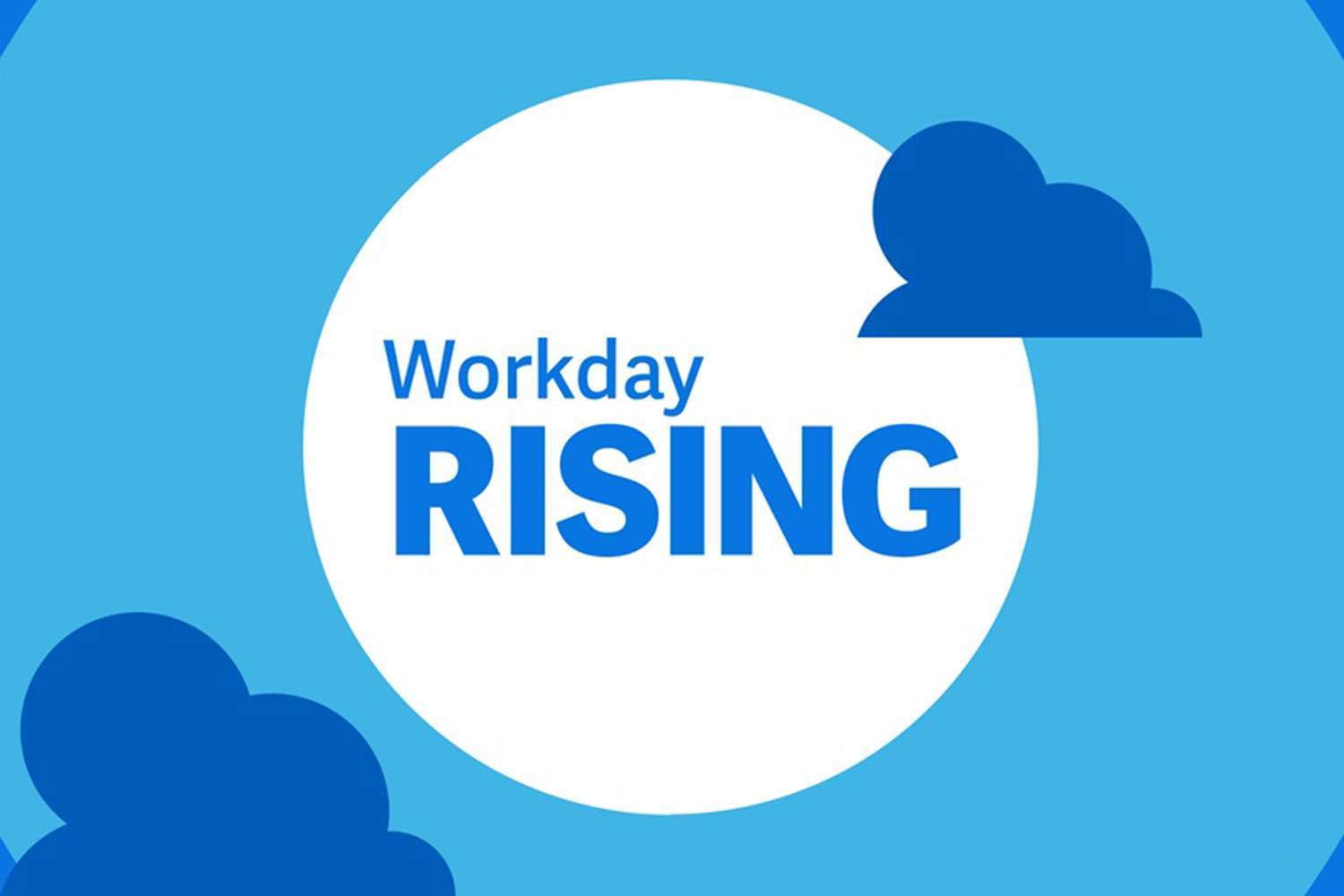Avoiding Buyer’s Remorse with Workday Launch

While the term “buyer’s remorse” is mostly discussed from from an economic standpoint, the idea has been researched and studied for decades. Scientists have pared it down to a trio of elements:
- Effort: Effort means the resources invested in a purchase, including both the time spent researching it as well as the actual price.
- Responsibility: Responsibility is important because the purchase was made of free will; nobody insisted you buy that $80,000 sports car.
- Commitment: Commitment is in reference to the fact that now that we have the purchase, we must use it for an extended period of time in order to make the investment worthwhile.
How does this translate to the business environment? Well, businesses are consumers, too. The purchase of enterprise management cloud technologies such as Workday often require input and approval from many parties within the organization, but there is often one person who has spearheaded the initiative and it’s they who bear the burden of its success or failure.
Workday Launch Gets Companies Up and Running Quickly
Going live on Workday with the Launch methodology gets companies up and running quickly utilizing predefined configurations but the lack of customizations and user adoption upon go live can lead to some owners feeling that buyer’s remorse.
Getting Up to Speed
Workday has a fantastic demo, which is one of the reasons why it can be so frustrating when you roll it out for use at your own company. With an implementation partner, a technology built to “cut out the complexity,” and the ability to join a community of like-minded companies involved in the same new deployment, it appears all the tools are in place for a successful evolution from your old ERP solution to Workday. But like so many cloud-based products, the knowledge gap between the fully optimized finished project and the Day One Launch deploy can be significant and steep. It can feel like the difference between seeing someone zoom past you at the park on roller blades and while you’re still struggling to lace your new pair up.
Workday itself is the industry leader and solution that has massive value and flexibility. But getting from “here to there” can feel like a rocky path. Configurations are needed so that your tenants reflect your organization and its needs.
A Matter of Time
When it comes to implementing Workday, time is both your friend and enemy. With enough time built into your Workday deployment, you can ensure teams are thoroughly trained. On the other hand, there’s an unavoidable risk of knowledge loss between training and use. For example, having your HR team learn about Open Enrollment functionality in advance of your January go live isn’t going to make much of a difference when October rolls around and even your best and brightest have forgotten 90% of what they learned. Successful companies maintain the perspective that training – and re-training – is not a one-and-done experience. Business leaders who anticipate bumps in the road on their Workday journey, are mentally prepared for the long-term investment in Workday.
Don’t Be Afraid to Ask for Help
Effective managers remove roadblocks. What does that look like when it comes to Workday? Asking for help. Turning to a post-production partner can relieve teams by providing a go-to resource for configuration, function, knowledge transfer, and a slew of other challenges. In turn, this frees up teams’ bandwidth to focus on taking advantage of other Workday features and strategically planning for the future direction of your company.
Looking for someone to help your organization? Please fill out the form below to speak with someone from ERPA.































